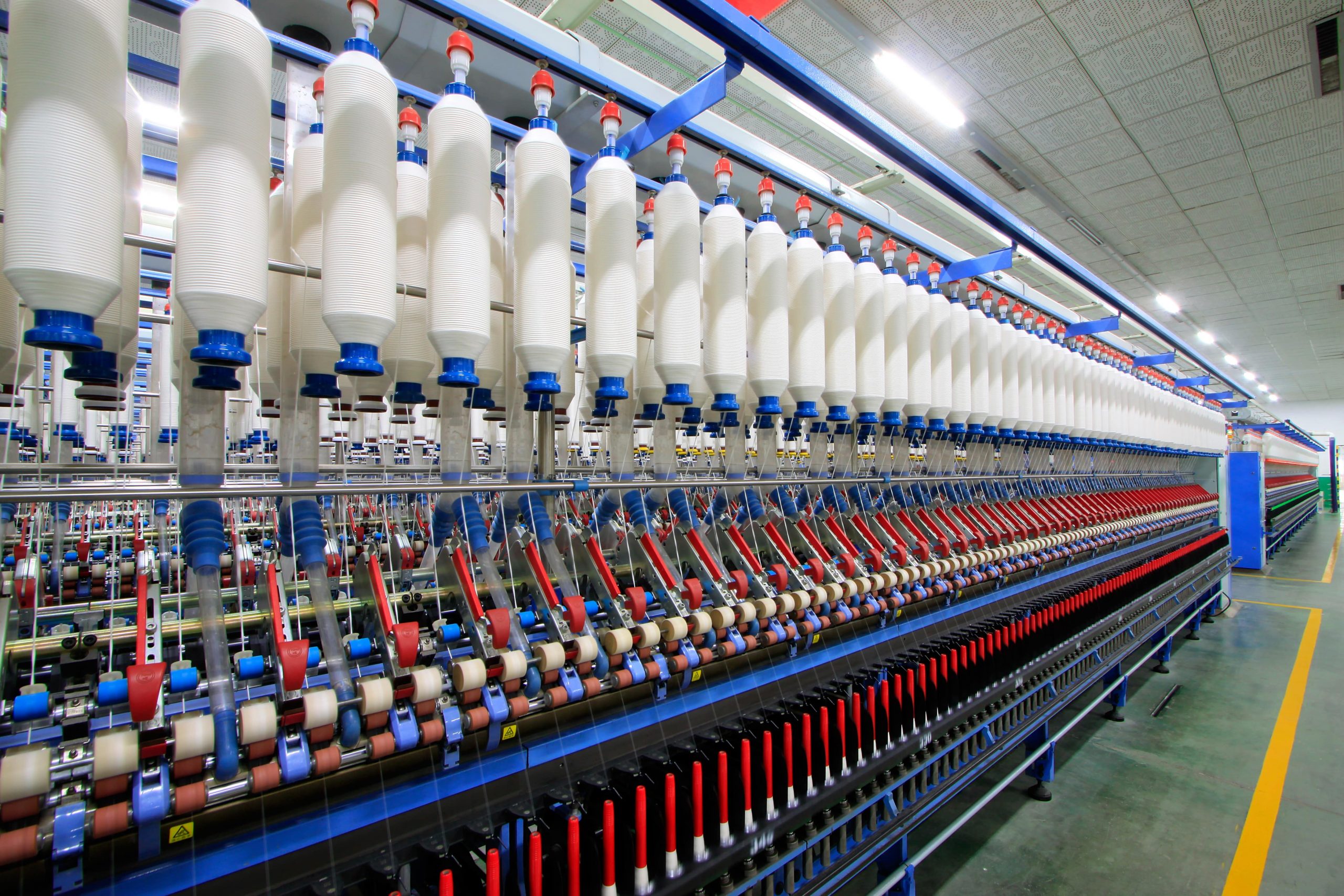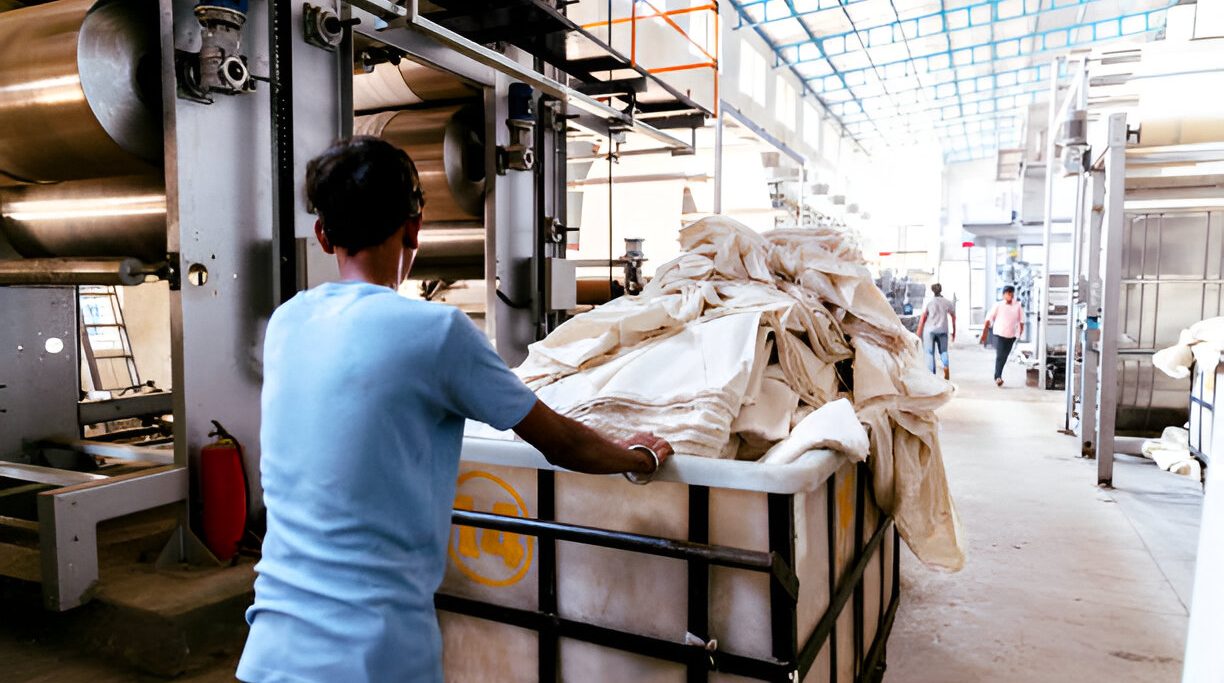What do you think is the most challenging task for any yarn manufacturing mills? It is to manufacture defect less superior quality yarn.
At Cotton Monk, we are in the business of yarn manufacturing for 40 years, and as a supplier, we never compromise with the quality of our production. Good knowledge of yarn defects is significant for both consumers and suppliers to produce high-quality yarns in the market. Now, if you are curious to know about these defects, continue reading the blog.
Neps Formation
Neps are an entanglement of fibers in a small ball form. It reduces fabric smoothness and also appearance due to poor dye or color pickup capacity. Neps are either found in raw materials in the form of unwanted foreign particles like leaves, sticks, dirt and can be removed through wet processing or introduced in the process of ginning and blow room. However, carding and combing can reduce the neps formation to a significant level.
Thick and Thin Places
These are the irregularities in the diameter of the yarn. Thick places are yarn defects characterized by a diameter greater than 50% of the average diameter and the length of 8-12 millimeters. On the other hand, thin places are characterized by a diameter of less than 50% (at least 25% smaller in diameter). These irregularities not only lower the yarn quality but also affect the subsequent processes that deteriorate the quality of the final product. Well, the yarn quality can be improved through the rotor spinning process.
Yarn Hairiness
Fibers protruding out from the main body of the yarn or the hairy fibers on the yarn surface are called yarn hairiness. It is an unwanted property that occurs more on short-staple fiber yarns than in filament fiber yarns. Different factors are responsible for yarn hairiness. Some of them are immature and dead fibers, fineness of the fibers, process factors like inadequate drafting or spinning triangle formed in the ring frame process, and improper maintenance can also cause hairiness.
Yarn Count Variation
Yarn count is a numerical expression that denotes yarn fineness and coarseness. Variation in yarn count results in the thick or thin ends that cause unevenness on the fabric. Every industry aims to produce yarn acceptable to potential customers. But, the structural yarn defects hamper the production of the required GSM. These defects occur due to the variation in raw materials and mechanical processes.
Snarls
Snarling is a common problem in the yarn manufacturing process, such as winding, warping, weaving, and knitting. Yarn twists more than normal result in the formation of snarls. These defects can lead to yarn breakage, damage to the fabric appearance, and color variation after dyeing. Although, this defect can be minimized in the fabric mending process and with the proper yarn twists.
Foreign Materials
The detection of foreign materials is significant for good quality yarn. Unwanted matters like metallic components, plastic materials, or color fibers get mixed with yarn during different spinning processes and degrade the fabric’s appearance. The defect is most visible after dyeing in the form of stains or holes.
Yarn Stains
This is another common problem in every textile industry. Stain can form any time during yarn processing or after production. It can appear from any source such as oil from machinery, factory dust, or improper way of handling materials. Suppliers can remove stains by keeping the yarn in an area free of dust, cleaning the machine parts to prevent any oils, grease or, dyes from entering into the fibers, handling the materials properly.
Mixed Yarn
Two different lots of yarn should never be mixed. Two mixing yarn lots result in the shade variation areas on the fabric due to the different color affinity of each lot. Therefore, weavers should always be careful with the yarn lots.
Fluffs along the yarn
Fly or lint spun along with the yarn or loosely implanted on the yarn can result in breakage of yarn in the winding process. It occurs due to the gathering of fluff over machine parts or failure of overhead cleaners or, malfunctioning of humidification plant.
In a nutshell, collaborating with a legit manufacturer can make your brand sustainable and irreplaceable. And, if you are struggling to find one, then welcome to Cotton Monk. We commit to satisfy all our client’s requirements.



